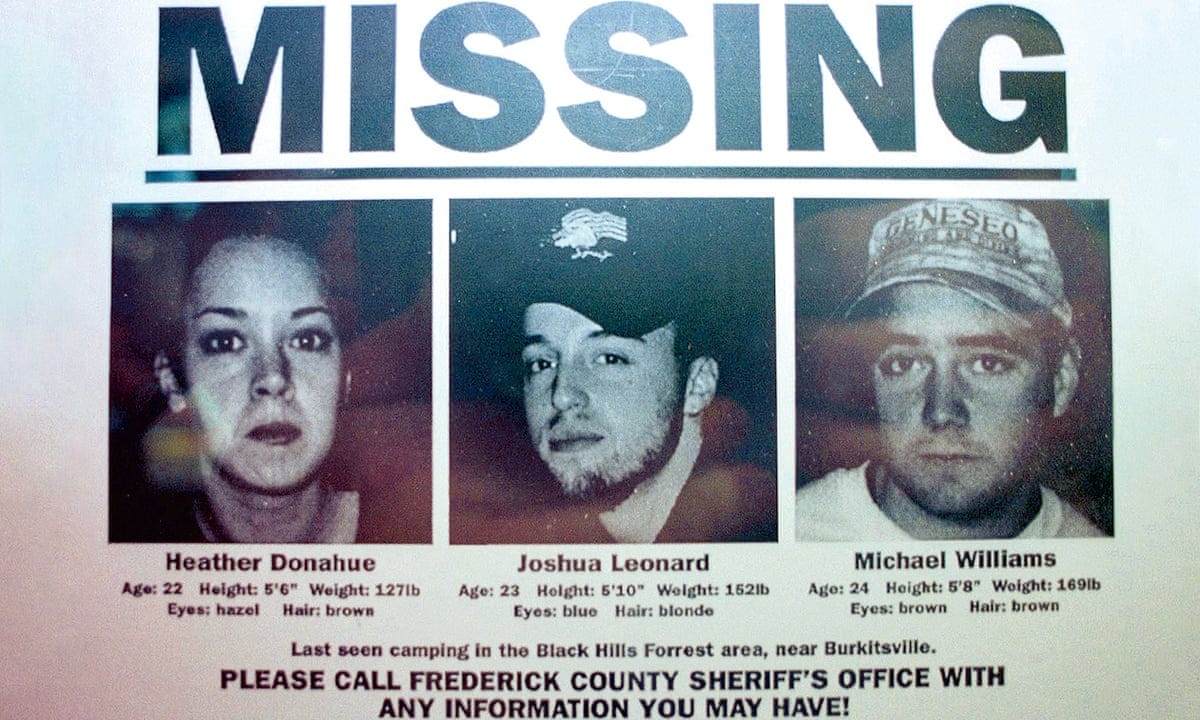Shiny Happy People, Being Chased By Monsters
Or: here's what happens when people stop being polite, and start f*cking pies.
Here at Worst Years HQ [an airless first-floor bedroom covered in worn-out bras and quarterly tax returns, where I prowl the night wearing a Ottessa Moshfegh sweatshirt that gets washed, at best, twice a month], we try not to go for the cheap shot.
If “remember when is the lowest form of conversation,” then pointing at a cultural product from 20+ years ago and going “look at this stupid fucking garbage” is surely the lowest form of cultural critique.
That said: look at this stupid fucking garbage.
For those of you wise enough not to waste your one wild, precious life clicking links in email newsletters: This video is nearly three full, agonizing, teeth-grinding minutes of WB teen stars, dancing to Frankie Valli’s “Oh What A Night,” as covered by Dracula 2000 star and all-around Aughties Icon Vitamin C.
It’s from a 2000 WB promotional campaign called “the Night is Young” (GET IT, the shows are full of young people and also they air at night, a notoriously cool and youthful time of day).
This ad campaign isn’t just remarkable for reminding us that people once wore baggy orange leather pants, or for being such a long commercial that there’s actually, like, a romantic subplot with David Boreanaz and Shannen Doherty. It’s notable because it shows a moment when youth pop culture fully committed to New ‘00s Optimism.
New ‘00s Optimism is a term I just made up, of course, but don’t you instantly know what I mean? It’s the cultural transition from Nine Inch Nails to Len’s “Steal My Sunshine,” the switch from Scream to American Pie, Kirsten Dunst in Drop Dead Gorgeous vs. Kirsten Dunst in Get Over It. Maybe I should call it New Fedora Optimism? Either way, you get what I mean. Post Y2K and pre-9/11, it was a moment when we stopped letting the oily-haired depressives run the show, and gave control of the culture back to people with enormous, shiny teeth.
I have a personal theory that American pop culture vacillates between whimsy and self-seriousness, on roughly 10-year-long cycles. I think New ‘00s Optimism started in the late ‘90s, but still took a minute to fully catch on — for proof, check out this 1999 WB ad, which depicts all the same sexy teen actors, except it’s soundtracked by the maudlin music of the university station, and it’s shot like all of these actors died in a tragic bus crash.
And then, a year later, suddenly, The Night Is Young!
The year 2000! The economy is solid! We’ve forgotten about all the social inequality issues that made us sad in the early to mid ‘90s! Things are great! Things are gonna stay great! I’m gonna live forever!
Narrator voice: things did not stay great. And ‘00s optimism reformatted itself to fit in with that distinctly not-great reality as the decade wore on.
But today, I would like to talk about the year 2000, and how some folks who started their careers in the great nihilist ‘90s tried (and failed) to adapt to the happy-go-lucky fedora optimism of 2000. I would like to talk about a fascinating, yet nearly unwatchable, TV show that was produced for one season in 2000, and represented the unholy marriage of the Blair Witch dudes and That Thing You Do/ Empire Records/ Can’t Hardly Wait’s Ethan Embry. I am talking, of course, about a dumb fucking show called FreakyLinks.
Guys, where do I even start with this?
In the year 2000, we were coming hot off a decade of big-budget, mainstream horror and sci-fi revival, with films and TV shows like The X-Files (1993), Scream (1996), Independence Day (1996), The Fifth Element (1997), Men in Black (1997)…basically, in the mid-to-late ‘90s, if it didn’t have Meg Ryan or Sandy B. in it, it was probably about aliens, or an ultra-futuristic virus, or a haunted house where sexy teens were murdered in a graphic Satanic ritual, 50 years ago tonight!!
In 1999, The Blair Witch Project added a new angle to this, uniting the ‘90s indie film trend with the ‘90s horror trend and basically inventing the “found footage” horror genre for a mainstream audience. With a budget of under $1 million, the film made $248.6 million — not bad for a movie that, upon rewatch, is mostly about some grad school types yelling at each other while camping.
Part of the reason Blair Witch was so explosive is that it used the nascent internet to get meta and play with reality. Its website, filled with faux crime scene photos and interviews, suggested that the film ( a la Cannibal Holocaust) was an actual documentary; the cast was all unknowns, so the producers had them lay low during promo, stoking rumors that they had really all died out there. It was peak nihilist ‘90s — the suggestion that it was basically a snuff film, and you should watch it anyway because, well, why not? You already watched that Nine Inch Nails video with the dead monkey, so why not go a little bit further??
It was fun, it was interesting, and it was the kind of thing you can really only do once. But who in Hollywood has ever heard of doing something well once and then just kind of moving on??
In fall 2000, Haxan Films — the production company created by Blair Witch directors Daniel Myrick and Eduardo Sanchez — decided to try to repeat the magic on Fox primetime, with a youth-oriented riff on the X-Files called FreakyLinks. FreakyLinks tells the tale of Derek (Ethan Embry), a Floridian cutie pie who has taken over his dead brother’s paranormal website as tribute to him, and to try to solve the mystery of his death. With his equally WB-ready friends, he runs around, getting harassed by ghosts and snapped at by monsters, but honestly, never seems to ruffled by the entire thing. He is not given to Mulderian flights of broodery. He seems like someone who wears jam shorts everywhere except weddings and funerals.
They tried to bring in the Blair Witch magic by setting up a companion website — the now-deceased FreakyLinks.com, which was honestly a pretty good paranormal blog! But unlike with Blair Witch, there was no mystery — obviously, this isn’t real found footage and you can’t pretend that Ethan Embry died in the woods if he’s, like, appearing on the Tonight Show or whatever.
I think FreakyLinks was probably doomed from the start — the episodes, which are all about investigating the standard, Scooby Doo-style hauntings and urban myths, are decently-acted but not that well-written.
But I remain fascinated by FreakyLinks, and find myself coming back to it every few years, because I think it was ultimately ruined not by its bad writing, but by its attempt to change with the times. Blair Witch caught the final, lingering moments of ‘90s sulk-core; by fall 2000, you just couldn’t do that anymore. People were done with brooding; they wanted to fuck pies and be happy!
Casting Ethan Embry is obviously an attempt to embrace that new wave — trust me, as a longtime fan of the paranormal, no one that adorable and well-adjusted devotes their life to finding out if Bigfoot is real. Even the premise of the show is that Ethan has better shit to do than investigate monsters, and is just doing it out of a sense of duty. He doesn’t want to be there! He’d rather be dancing to Vitamin C or pie-fucking, like a normal, upbeat 2000s young person, but now he’s stuck investigating ghosts and thunderbirds, and I guess, so are you?
I mean, we weren’t — FreakyLinks was a huge failure, with Fox burning off the final episodes by airing them late at night in the summer of 2001. That’s how I found out about the show — in May 2001, I was home from my freshman year of college, profoundly unemployed, and did not have home internet access, which meant I was a peak audience to watch whatever was on TV at 1 a.m. And sometimes, what was on was FreakyLinks.
I was fascinated by its tonal problems even then, when I didn’t know what tonal problems were — I just knew I loved Buffy and the X-Files, shows which often featured monsters, but even though this show featured monsters, I did not love it. I was grateful for a monster show to watch instead of Friends re-runs, and I did follow it to the bitter end; I even, at some point, won a free XXL FreakyLinks promotional t-shirt, which I’m sure is worth roughly 43 cents today and has served as a happy homestead for generations of moths in my childhood home’s attic.
But the show never quite connected for me, because it wanted to have it both ways — it wanted to be a traditional grim spooky monster show, and say “We, as a culture, have evolved from traditional grim spooky monster shows! Here’s a new twist: the hero thinks investigating monsters sucks, and he’d probably give you a swirlie if he met you!” It tried to bridge the trend divide, and as a result, didn’t know whose side it was on.
But I mean, I was watching a lot of shows then, most of which I could only probably recall under heavy hypnotic intervention. They didn’t stick with me like this one. I think FreakyLinks stuck with me because it was my first real lesson in trends — my first taste of the fact that the kind of stories on offer by mainstream pop culture, and the way that they’re told, is a product of whatever a bunch of business executives think the “national mood” is. I had come of age in the ‘90s gloom, which I loved, and I thought it was just how life was. FreakyLinks was perhaps my first true moment of understanding that things were always changing, and not necessarily to my benefit.
FreakyLinks may have been on my mind lately because I think we’re in another moment of cultural shift from seriousness to whimsy; if you don’t believe me, ask yourself why Everything Everywhere All At Once so thoroughly kicked the ass of that movie about the mean conductor lady at the Oscars. We’re at a similar moment to where we were in the early 2000s — where people are shrieking “I want to be happy!” and “I’m tired of thinking! Give me some baggy orange leather pants instead!” I don’t know how it pans out for us this time — hopefully, it won’t equate freewheeling fun with casual racism, sexism, and homophobia, the way early 2000s mainstream pop culture did! But I do think we’re about to have a bunch of people in power realize that you can’t make money right now by acting super serious. And that means that some serious projects are going to be revised to make them whimsical, creating a media Frankenstein that pleases no one. What happens now? FreakyTár? I supposed we’ll just have to wait and see.










